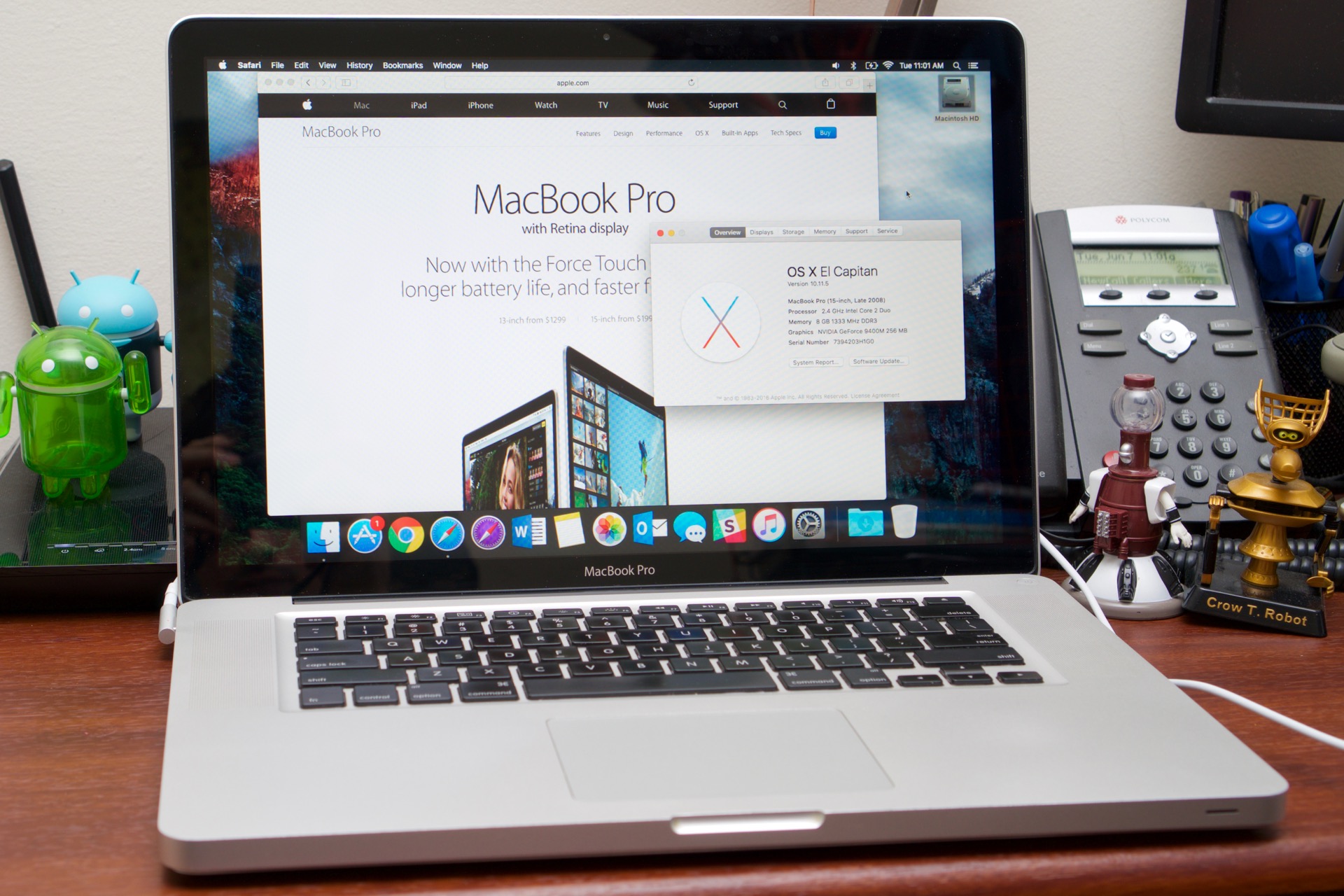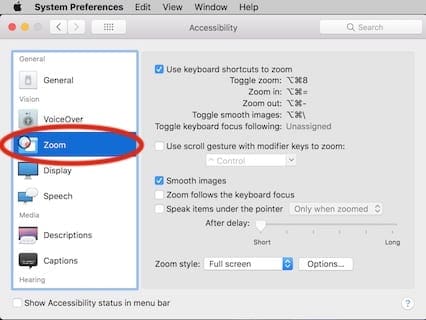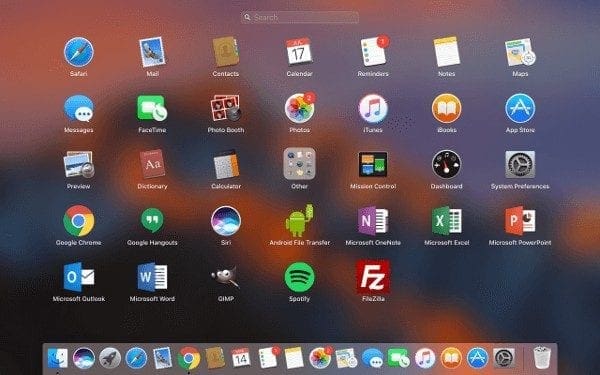


Displays, enable subpixel font rendering on non-Apple LCDs AppleFontSmoothing -int 2 or 1.Apps, disable automatic termination of inactive apps NSDisableAutomaticTermination -bool true.Apps, disable App Nap for all apps NSAppSleepDisabled -bool true.Here is a partial list of those known in recent versions of macOS, which may work in Sierra and High Sierra: Apple doesn’t document them, and using the defaults command you can only see those which have been formally set. They are not, of course, comprehensive: if an app is still using an internally-set default, that may not have been written to the file, but there is no more general way of discovering exactly what can be set. Knowing which settings you can change is usually not a problem for those which are stored in accessible property lists and other files, as you can view those files readily, even if editing them directly would not be a wise move. The most robust and universal ways are to use the app’s own controls or those provided in panes in System Preferences and elsewhere, as appropriate, or to use the defaults command in Terminal. global settings may not appear in user-accessible preferences, and their only access may be through the defaults command, or utilities such as MacPilot, TinkerTool, etc.Ĭhanging those settings is not simple, as I have explained here.

those for controls within components of macOS are most commonly kept in individual preference files, many of which I have listed in this article.those for individual apps are kept in their preference files, XML property lists which you should find in ~/Library/Preferences, or /Library/Preferences for those which apply to all users.Each user’s default and other settings are stored in three main locations:


 0 kommentar(er)
0 kommentar(er)
